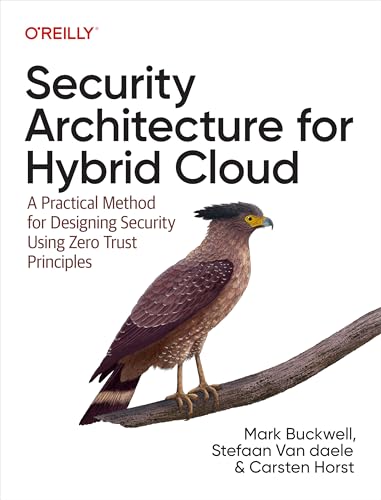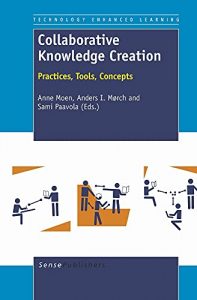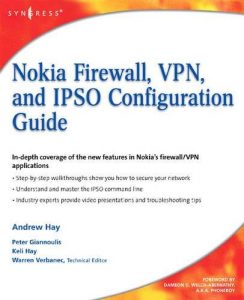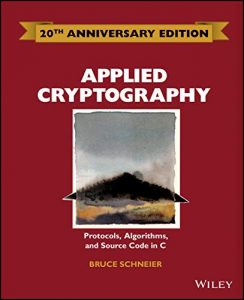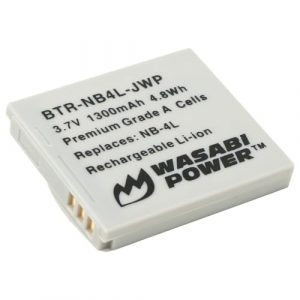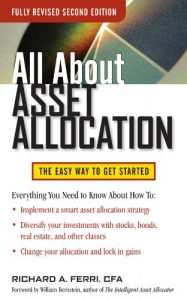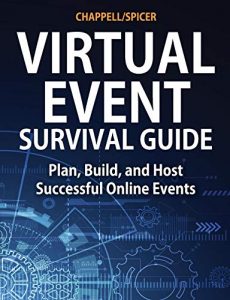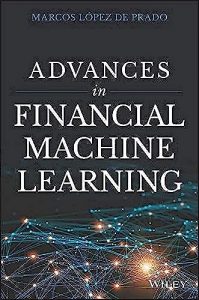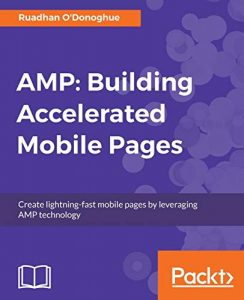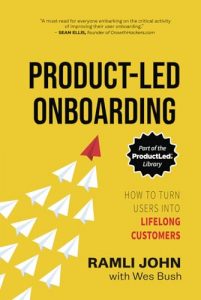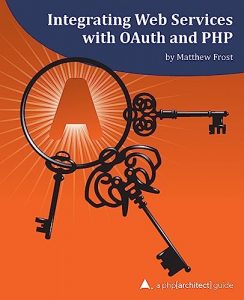1. Security Architecture for Hybrid Cloud: A Practical Method for Designing Security Using Zero Trust Principles
In a world increasingly dependent on hybrid cloud solutions, “Security Architecture for Hybrid Cloud” stands out as a must-read for IT professionals and security experts alike. Authored by Mark Buckwell, Stefaan Van daele, and Carsten Horst, this book delves deep into practical methods for designing robust security architectures based on Zero Trust principles. The comprehensive insights provided help organizations recognize the importance of continuous security assessments, ensuring that applications and workloads remain protected against evolving threats. With a detailed discussion on implementing security across hybrid environments, this book is invaluable for anyone looking to bolster their cybersecurity framework in the cloud era.

2. Hybrid Cloud Security Patterns: Leverage Modern Repeatable Architecture Patterns
“Hybrid Cloud Security Patterns” by Sreekanth Iyer offers readers an innovative approach to securing workloads on the cloud through modern repeatable architectural patterns. This book is particularly appealing for IT architects and operations teams looking to streamline their cloud integrations while maintaining utmost security. Iyer illustrates practical examples and strategies that simplify the transition and safety of cloud project deployments. The structured guidance on architecture patterns makes this book an essential reference for organizations aiming to embrace hybrid solutions without compromising on security and efficiency.

3. Hybrid Cloud Infrastructure and Operations Explained
Mansura Habiba presents a comprehensive guide in “Hybrid Cloud Infrastructure and Operations Explained,” which is particularly beneficial for professionals looking to accelerate their migration and modernization journeys on the cloud with established industry players like IBM and Red Hat. This book effectively demystifies cloud operations and offers actionable insights into optimizing performance while transitioning between cloud and local infrastructures. Habiba’s narrative is filled with practical examples, making it approachable for readers unfamiliar with hybrid cloud complexities, thereby empowering them to embrace digital transformation confidently.

4. Hybrid Cloud
The classic “Hybrid Cloud” by Judith Hurwitz provides fundamental knowledge that cannot be overlooked. It creates a solid foundation for understanding hybrid cloud systems and their benefits. Hurwitz dives into the strategic adoption of cloud models, offering essential insights that benefit business leaders and IT practitioners alike. Emphasizing the balance between cloud agility and traditional systems stability, this book is a cornerstone reference for anyone starting their journey into hybrid cloud adoption, promising a transformational approach to IT infrastructure.

5. Edge Computing Patterns for Solution Architects
Ashok Iyengar and Joseph Pearson present invaluable innovation in “Edge Computing Patterns for Solution Architects”. This book is essential for transformative leaders looking to redesign distributed application architectures, bridging gaps between hybrid clouds and far-edge deployments. By uncovering resilient patterns and methods, the authors facilitate a thorough understanding of how to manage intricate computing environments effectively. This is not just a technical read; it inspires architects to envision forward-thinking edge solutions that can boost operational efficiency and agility.

6. The Hybrid Cloud Handbook for AWS
Timothy McConnaughy’s “The Hybrid Cloud Handbook for AWS” serves as a crucial guide for network engineers venturing into the cloud-infused future of their work environments. This book methodically explains AWS Cloud Networking principles, tailored to those accustomed to traditional network systems, easing their transition. McConnaughy’s expertise provides readers with actionable skills that leverage the unique features of AWS for cloud networking success, making it an excellent companion for both guidance and reference throughout their hybrid cloud journey.

7. Achieving Digital Transformation Using Hybrid Cloud
In “Achieving Digital Transformation Using Hybrid Cloud,” Vikas Grover, Ishu Verma, and Praveen Rajagopalan explore the intricate strategies necessary for designing next-generation applications adaptable to any environment. This insightful book backs digital transformation with thorough guidance, merging hybrid architecture effectively across diverse infrastructures. The collaborative approach by the authors positions this book as a thorough resource for IT leaders aiming to inspire innovation through hybrid cloud technology, ensuring they are prepared for the evolving landscape of the digital world.

8. Enterprise-Grade Hybrid and Multi-Cloud Strategies
Sathya AG and Kunal Das present a practical guide in “Enterprise-Grade Hybrid and Multi-Cloud Strategies”. This book is crucial for businesses looking to leverage hybrid and multi-cloud strategies for digital transformation. The authors provide proven methodologies and actionable strategies that help facilitate a smoother transition into complex cloud architectures while maximizing operational efficiency. Detailed case studies further clarify concepts, making this an essential read for business leaders and technology practitioners seeking to stay competitive in the hybrid landscape.

9. Hybrid Cloud Apps with OpenShift and Kubernetes
Finally, “Hybrid Cloud Apps with OpenShift and Kubernetes” by Michael Elder, Jake Kitchener, and Dr. Brad Topol is a comprehensive resource for developers and architects aiming to build highly available applications. The authors’ expertise in implementing OpenShift and Kubernetes facilitates an understanding of managing cloud applications effectively. By focusing on practical approaches to ensure cloud-native application optimizations, this book serves as an essential toolkit for practitioners aiming to capitalize on developments in hybrid cloud applications.

10. Simplifying Hybrid Cloud Adoption with AWS
In “Simplifying Hybrid Cloud Adoption with AWS,” Frankie Costa Negro outlines the significance of edge computing while emphasizing AWS Outposts as a gateway to hybrid solutions. The clarity and practical tips provided within this book ensure that readers can realize edge benefits and streamline strategies effectively. This read is a fantastic blend of theory and practice, making it perfect for stakeholders keen on enhancing their cloud portfolios using AWS technologies.


